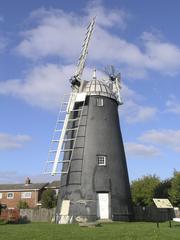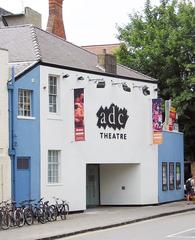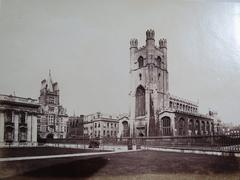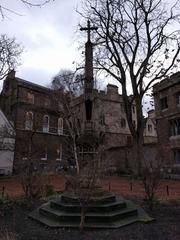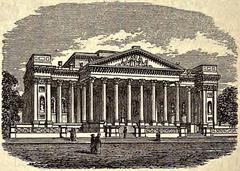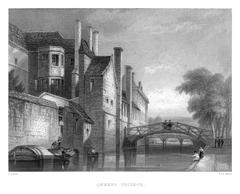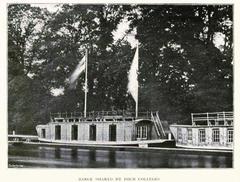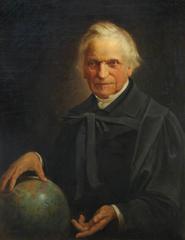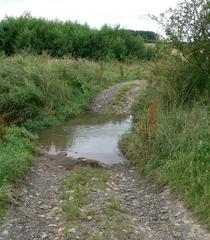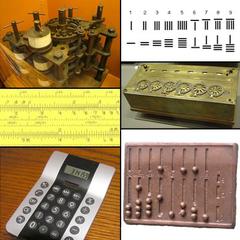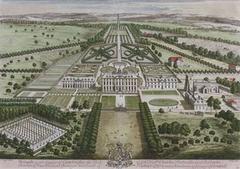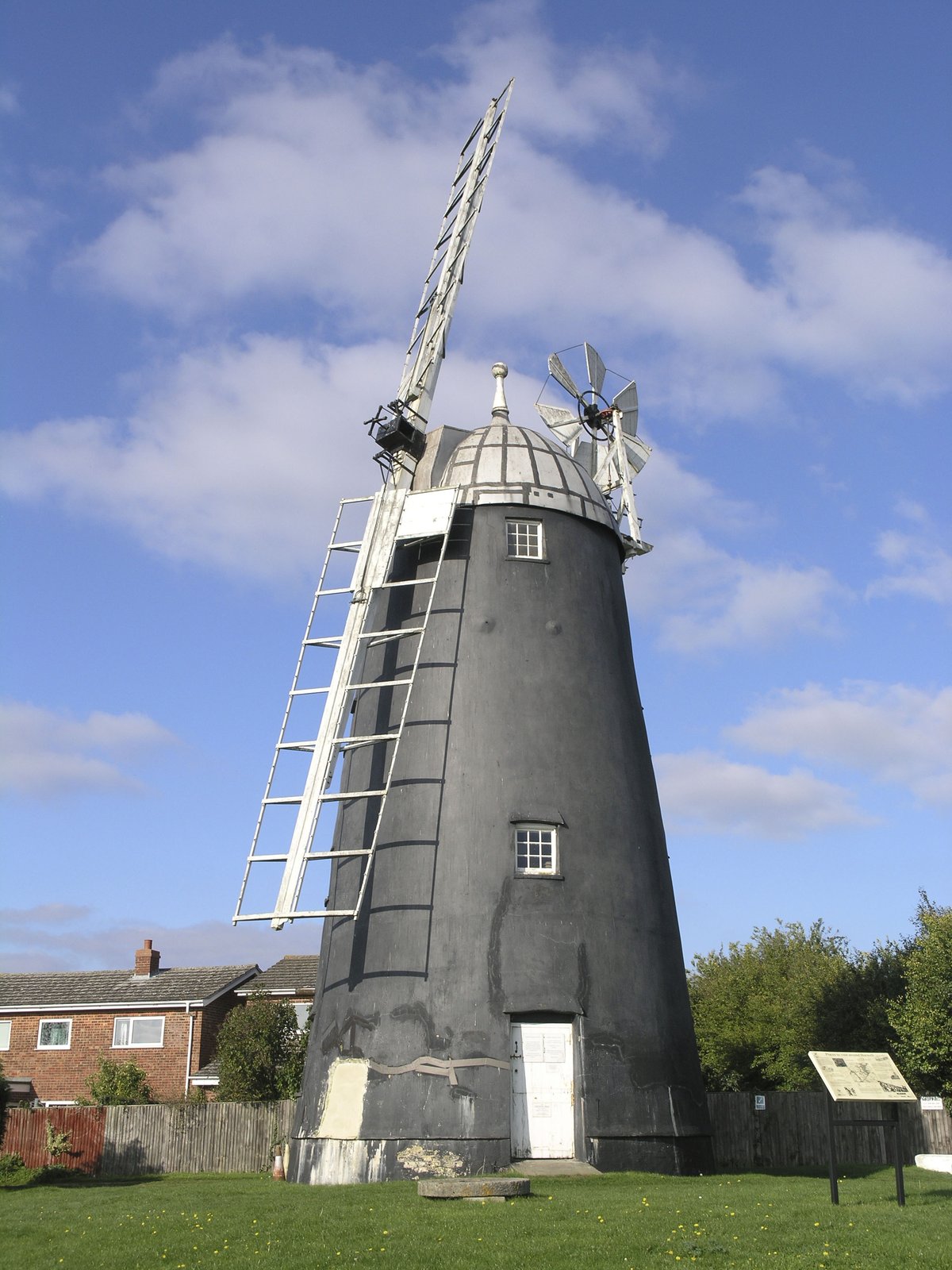
Visiting Burwell Museum and Windmill: Hours, Tickets, and Tips
Date: 01/08/2024
Introduction
Nestled in the picturesque village of Burwell in Cambridgeshire, England, the Burwell Museum and Windmill offers a unique glimpse into the rural life of the 19th and early 20th centuries. This comprehensive guide will provide you with everything you need to know about visiting this remarkable site, including its historical significance, ticket information, visiting hours, and more. The museum complex features a collection of buildings and artifacts that provide a window into the region’s agricultural heritage, with Stevens’ Mill—a Grade II* listed windmill dating back to 1820—serving as its crown jewel (Historic England). The windmill’s design and operational history highlight the crucial role it played in the local economy, making it an indispensable part of Burwell’s agricultural landscape (Windmill World). Additionally, the museum’s dedication to restoration and preservation, driven largely by community involvement, has ensured that both the windmill and the surrounding exhibits remain a vibrant part of the local heritage (Burwell Museum).
Table of Contents
- Introduction
- History and Significance
- Visitor Information
- Exhibits and Attractions
- Educational and Cultural Significance
- Architectural and Mechanical Features
- Community Involvement and Volunteerism
- Recognition and Awards
- Future Prospects and Developments
- FAQ
- Conclusion
History and Significance
Origins and Early History
The Burwell Museum and Windmill, located in the picturesque village of Burwell in Cambridgeshire, England, is a site of considerable historical significance. The museum complex includes a collection of buildings and artifacts that provide a window into the rural life of the region from the 19th and early 20th centuries. The centerpiece of the museum is the Stevens’ Mill, a Grade II* listed windmill that dates back to 1820. This windmill is a prime example of the post-mill design, which was a common type of windmill in England during that period (Historic England).
The Windmill’s Role in Local Economy
Stevens’ Mill played a crucial role in the local economy of Burwell and the surrounding areas. During the 19th century, windmills were vital for grinding grain into flour, which was a staple food product. The mill was operational until the early 20th century, providing essential milling services to local farmers. The windmill’s design, with its rotating cap and sails, allowed it to harness wind power efficiently, making it an indispensable part of the agricultural landscape (Windmill World).
Restoration and Preservation Efforts
By the mid-20th century, many traditional windmills had fallen into disrepair due to the advent of modern milling technology. However, the Stevens’ Mill was fortunate to be the subject of significant restoration efforts. In the 1970s, a dedicated group of local volunteers and historians recognized the historical value of the mill and initiated a comprehensive restoration project. This project aimed to restore the windmill to its former glory, preserving its mechanical components and structural integrity (Burwell Museum).
Visitor Information
Visiting Hours and Tickets
The Burwell Museum and Windmill is open to visitors on specific days and times. It is recommended to check the official Burwell Museum website for the most up-to-date visiting hours and ticket prices. Generally, the museum is open from April to October, with special events and guided tours available during the peak season. Ticket prices are affordable, with discounts available for children, seniors, and groups.
Travel Tips and Accessibility
The museum is easily accessible by car, with ample parking available on-site. Public transport options are also available, with bus routes connecting Burwell to nearby towns and cities. The museum is committed to ensuring accessibility for all visitors, with wheelchair access and facilities for those with mobility issues.
Exhibits and Attractions
Special Events and Guided Tours
The Burwell Museum and Windmill hosts a variety of special events throughout the year, including craft demonstrations, historical reenactments, and seasonal festivals. Guided tours are available, providing visitors with in-depth insights into the history and significance of the exhibits.
Photographic Spots
The museum and windmill offer numerous opportunities for photography enthusiasts. The picturesque setting, combined with the historical architecture, makes it an ideal location for capturing stunning photos.
Educational and Cultural Significance
The Burwell Museum and Windmill serve as important educational resources for both locals and tourists. The museum offers a range of educational programs and workshops designed to engage visitors of all ages. These programs include guided tours, hands-on activities, and interactive exhibits that bring the history of Burwell to life. The museum also hosts special events throughout the year, such as traditional craft demonstrations and historical reenactments, which further enhance its cultural significance (Cambridge News).
Architectural and Mechanical Features
Stevens’ Mill is an architectural and mechanical marvel. The windmill’s post-mill design features a large wooden structure mounted on a central post, allowing the entire mill to be rotated to face the wind. This design was particularly effective in regions with variable wind directions. The mill’s sails, which are attached to a rotating cap, capture wind energy and transfer it to the millstones inside the structure. These millstones grind grain into flour, demonstrating the ingenuity of early milling technology (Windmill World).
Community Involvement and Volunteerism
The preservation and operation of the Burwell Museum and Windmill are largely driven by community involvement and volunteerism. Local residents play a crucial role in maintaining the museum’s exhibits, conducting tours, and organizing events. This sense of community ownership and pride has been instrumental in ensuring the museum’s continued success and relevance. The museum’s volunteer program provides opportunities for individuals to contribute their time and skills, fostering a strong sense of community engagement and collaboration (Burwell Museum).
Recognition and Awards
The Burwell Museum and Windmill have received numerous accolades and awards for their contributions to heritage preservation and education. These recognitions highlight the museum’s commitment to maintaining the historical integrity of its exhibits while providing valuable educational experiences for visitors. The museum’s efforts have been acknowledged by various heritage organizations and tourism bodies, further cementing its status as a significant cultural landmark in Cambridgeshire (Visit Cambridgeshire Fens).
Future Prospects and Developments
Looking ahead, the Burwell Museum and Windmill continue to plan for future developments and improvements. These plans include expanding the museum’s exhibits, enhancing visitor facilities, and increasing accessibility for all visitors. The museum also aims to strengthen its educational programs and community outreach initiatives, ensuring that future generations can appreciate and learn from the rich history of Burwell. Ongoing fundraising efforts and grant applications are essential to support these future projects and maintain the museum’s sustainability (Burwell Museum).
FAQ
What are the Burwell Museum’s visiting hours?
The Burwell Museum is generally open from April to October. Check the official website for specific hours and special event schedules.
How much are tickets for the Burwell Museum and Windmill?
Ticket prices are affordable, with discounts available for children, seniors, and groups. Visit the official website for detailed pricing information.
Is the Burwell Museum accessible?
Yes, the museum is committed to ensuring accessibility for all visitors, with wheelchair access and facilities for those with mobility issues.
Are there guided tours available?
Yes, guided tours are available and provide in-depth insights into the history and significance of the museum’s exhibits.
Conclusion
The Burwell Museum and Windmill stand as a testament to the rich history and cultural heritage of Burwell and its surrounding areas. Through dedicated restoration efforts, community involvement, and a commitment to education, the museum has become a cherished landmark that offers valuable insights into the region’s past. Visitors to the museum can explore a wide range of exhibits, participate in educational programs, and experience the unique charm of a traditional English windmill. The ongoing preservation and development efforts ensure that the Burwell Museum and Windmill will continue to be a source of inspiration and learning for years to come. Don’t forget to check the visiting hours and ticket information on the official website before planning your visit!
References
- Historic England. (n.d.). Historic England
- Windmill World. (n.d.). Windmill World
- Burwell Museum. (n.d.). Burwell Museum
- Cambridge News. (2023). Cambridge News
- Visit Cambridgeshire Fens. (n.d.). Visit Cambridgeshire Fens
- Wikipedia. (n.d.). Wikipedia
- Visit East of England. (n.d.). Visit East of England
